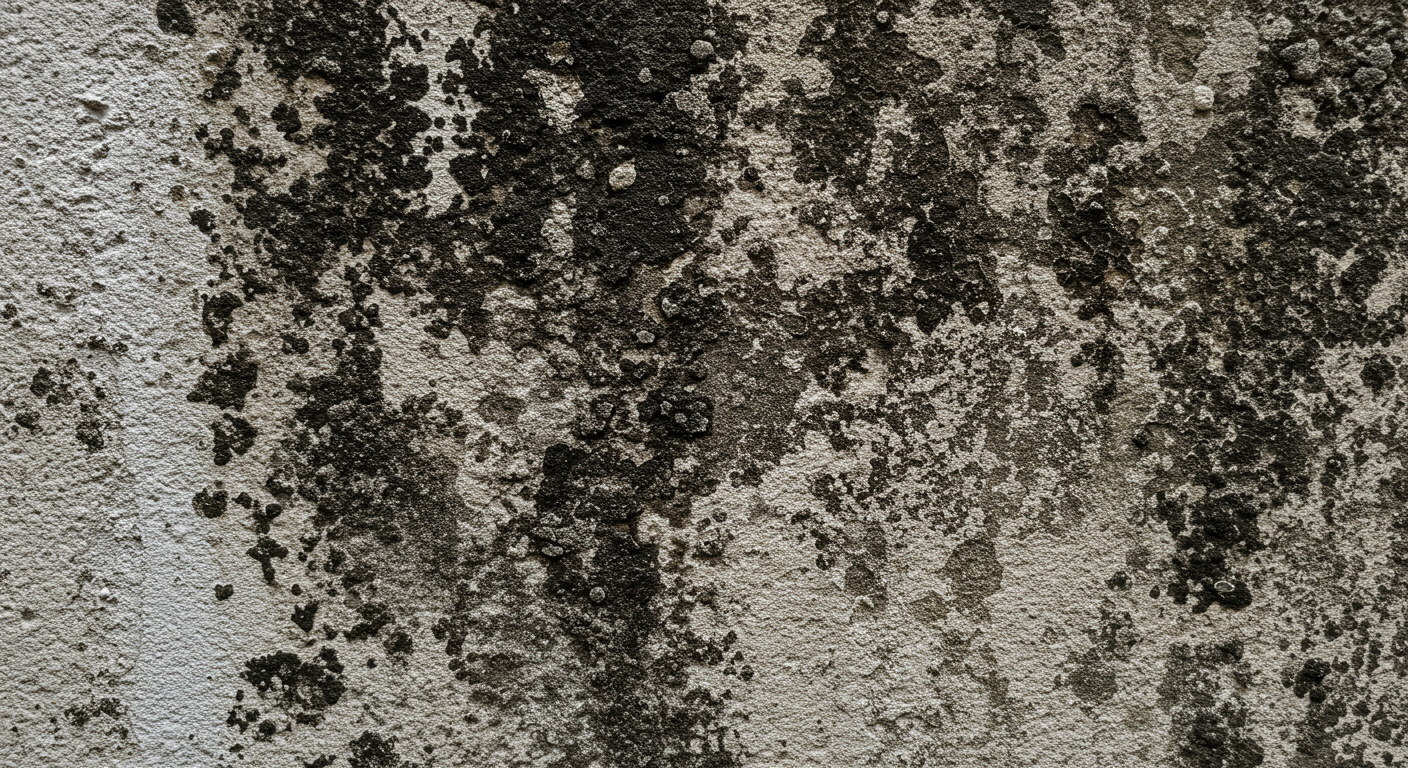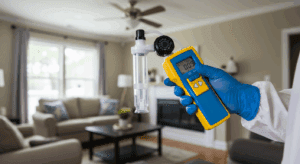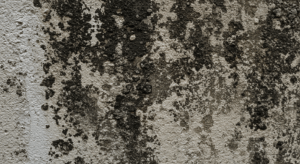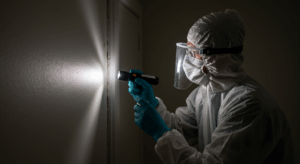Black mold is a silent invader that can wreak havoc on your home and health if left undetected. Known scientifically as *Stachybotrys chartarum*, this toxic mold thrives in damp and humid environments, posing serious health risks to those exposed. In this comprehensive guide, we’ll explore how to identify black mold in your home, the best testing methods, and effective prevention strategies to keep your living space safe and healthy.
Black mold is a silent invader that can wreak havoc on your home and health if left undetected. Known scientifically as Stachybotrys chartarum, this toxic mold thrives in damp and humid environments, posing serious health risks to those exposed. In this comprehensive guide, we’ll explore how to identify black mold in your home, the best testing methods, and effective prevention strategies to keep your living space safe and healthy.
Understanding Black Mold: What You Need to Know
Overview of Black Mold and Its Health Risks
Black mold is a type of fungus that grows in moist areas, often appearing as dark green or black patches. It releases spores into the air, which can cause respiratory issues, allergic reactions, and other health problems when inhaled. Prolonged exposure may lead to severe complications, particularly for individuals with asthma, allergies, or weakened immune systems.
The Centers for Disease Control and Prevention (CDC) highlights that black mold exposure can result in symptoms such as coughing, sneezing, skin irritation, and even chronic fatigue. Understanding these risks underscores the importance of early detection and remediation.
Common Symptoms of Mold Exposure
Mold exposure symptoms can vary depending on the individual and the extent of exposure. Common signs include:
- Persistent coughing or sneezing
- Irritation of the eyes, nose, or throat
- Skin rashes or hives
- Difficulty breathing or asthma flare-ups
- Chronic headaches or fatigue
If you or your family members experience these symptoms, it’s crucial to investigate potential mold presence in your home.
Signs of Black Mold in Your Home
Visual Indicators of Black Mold
Detecting black mold visually is often the first step. Look for:
- Dark, slimy patches on walls, ceilings, or floors
- Discoloration or stains, particularly in shades of green, black, or brown
- A musty or earthy odor in certain areas of your home
Black mold often grows in hidden spaces, so don’t overlook less visible areas like behind furniture or inside air ducts.
Areas in Your Home Prone to Mold Growth
Certain areas in your home are more susceptible to mold growth due to high humidity levels. These include:
- Bathrooms: Poor ventilation and frequent moisture make bathrooms a hotspot for mold.
- Basements: Damp walls and limited airflow create ideal conditions for mold growth.
- Kitchens: Leaky pipes or appliances can lead to water accumulation, fostering mold.
- Attics: Roof leaks and poor insulation can result in moldy conditions.
Regular inspections of these areas can help you catch mold early and prevent it from spreading.
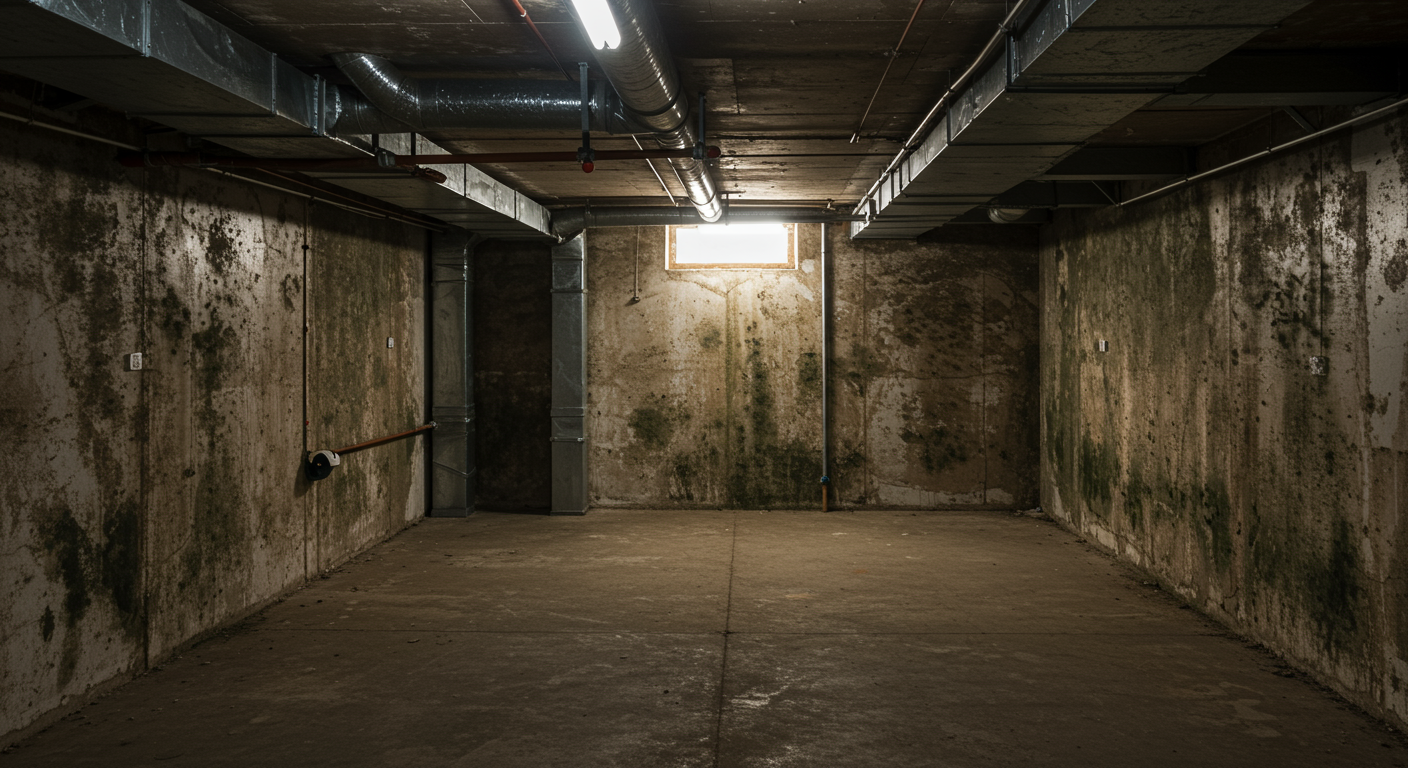
Testing for Black Mold: DIY vs. Professional Solutions
How to Use DIY Mold Testing Kits
DIY mold testing kits are a cost-effective way to identify mold presence in your home. These kits typically include:
- A petri dish for collecting samples
- Instructions for proper use
- A guide to interpreting results
To use a kit, place the petri dish in the suspected area for a specified period, then send the sample to a lab for analysis. While DIY kits are convenient, they may not always provide accurate results, especially for hidden mold.
When to Call in Professional Mold Testing Services
Professional mold testing services offer a more thorough and reliable assessment. Experts use advanced tools to detect mold in hard-to-reach areas, such as inside walls or under flooring. They can also identify the specific type of mold and recommend appropriate remediation steps.
If you suspect widespread mold contamination or experience severe health symptoms, hiring a professional is the safest and most effective option. Learn more about expert mold decontamination services here.
Preventing Black Mold Growth in Your Home
Effective Strategies for Mold Prevention
Prevention is the best defense against black mold. Implement these strategies to keep your home mold-free:
- Control Humidity Levels: Use dehumidifiers to maintain indoor humidity below 50%.
- Fix Leaks Promptly: Repair leaky pipes, roofs, or appliances immediately.
- Improve Ventilation: Ensure proper airflow in bathrooms, kitchens, and basements.
- Clean Regularly: Wipe down surfaces prone to moisture, such as bathroom tiles and kitchen counters.
By addressing these factors, you can significantly reduce the risk of mold growth in your home.
Importance of Regular Home Maintenance
Routine home maintenance plays a vital role in mold prevention. Schedule regular inspections for potential water damage, and clean gutters to prevent water accumulation near your home’s foundation. Additionally, consider using mold-resistant paint in high-moisture areas.
For more tips on maintaining a mold-free home, check out our ultimate guide to black mold removal.
Detecting black mold in your home is crucial for safeguarding your health and property. By understanding the signs, testing methods, and prevention strategies outlined in this guide, you can take proactive steps to address mold issues effectively. Remember, early detection and prompt action are key to maintaining a safe and healthy living environment.

